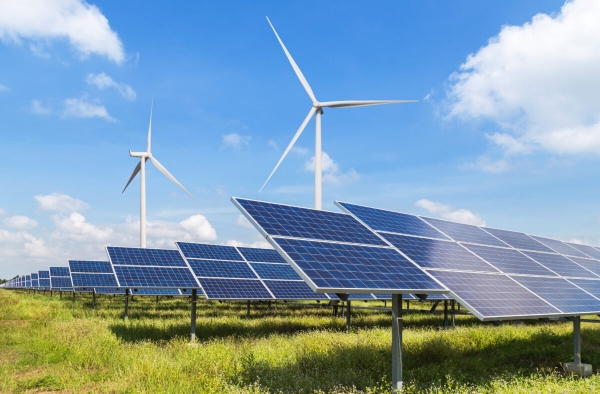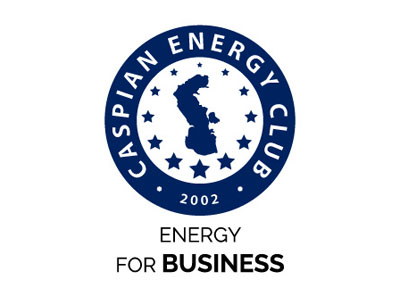More concretely, today’s grid isn’t fit for tomorrow’s purpose. This means we need to expand and modernize our transmission grids to allow renewable energy to reach its full potential. One could see power generation as the heart of the energy system - and a reliable and efficient transmission and distribution grid as the arteries and veins. It moves the electricity generated to where it’s needed, when it’s needed, meaning supply and demand can be balanced.
Overall, Bloomberg New Energy Finance (BNEF) estimates that 152 million kilometres of power lines are needed for the world to reach net zero by 2050. That’s double the length of today’s transmission grid – and long enough to reach the sun! This puts into context how important investment into the grid is and why without it, net zero will not be possible.
The good news is, an accelerated and sustainable energy transition is driving demand globally for resilient grid technologies: for example, the EU wants to add 128 gigawatts of new interconnector capacity by 2040, high voltage grid capacity in China will double by 2050, and more than 35 percent of grid assets in the United States (U.S.) will be replaced by 2040.
One of the key technologies driving the development of a strong transmission grid is high-voltage direct current (HVDC). HVDC allows for the efficient transmission of electricity over long distances. For example, the Sunrise Wind project off the New York coast will be the first offshore wind project in the U.S. to use our Siemens Energy HVDC technology.
Interconnectors also help to enable a sustainable energy transition, by sharing renewable energy resources across borders. In our NeuConnect project, we will connect two of Europe’s largest energy markets, Germany and the UK, via a high-voltage line under the North Sea. This will enable enough power for 1.5 million households to be transferred between the two countries.
And, as the power grid becomes more decentralized, additional technology will balance load and manage fluctuations in the power frequency – such as synchronous condensers with flywheels which help to instantaneously bridge sudden frequency drops. Australia was an early adopter: The South Australian grid operator ElectraNet has more than 50 percent renewable energies in its transmission grid. To avoid the risk of blackout, it now has two synchronous condensers to provide additional stability.
Although these are good developments, to really make headway in the transition to renewable energy, obstacles need to be removed. First and foremost: Decisions need to be faster, and complexity needs to be reduced in the planning and approval processes.
In the U.S. and Europe, the IEA puts the average lead time to approve and construct an overhead transmission line at 10 years and for a subsea cable, around nine years. Therefore, we need simpler and faster approvals both for transmission grid upgrades as well as for investments in new electrical grids to eliminate bottlenecks and strengthen the infrastructure.
If we continue on our current path, global emissions will rise from 34 gigatons per year today to 53 gigatons by 2050. That’s why there is no alternative to the renewable energy transition, and to a sustainable, affordable and reliable energy system supported by a strong transmission grid. Only by meeting the world’s net zero targets can we create a sustainable future for ourselves and future generations.
To read the original article visit www.siemens-energy.com





